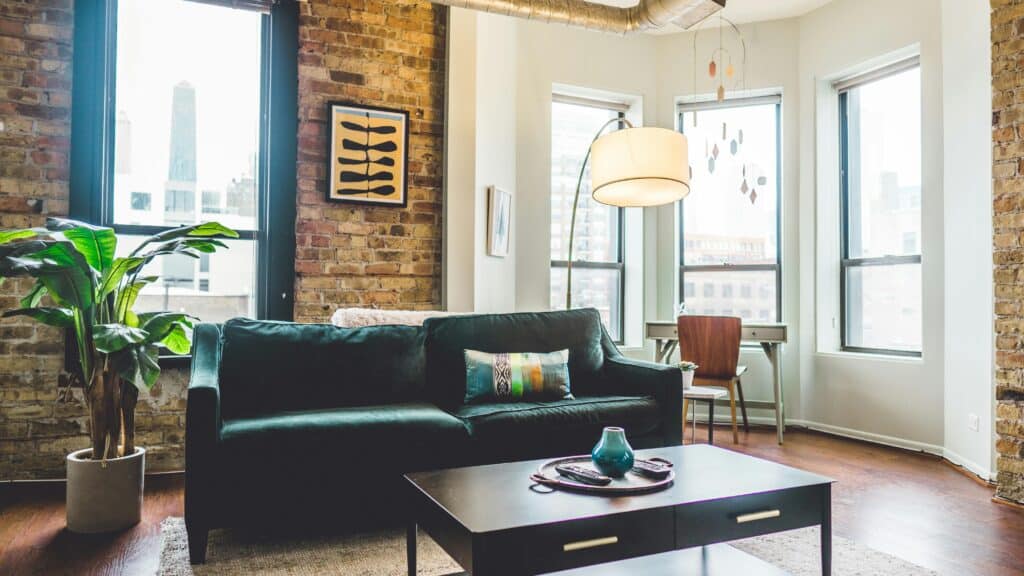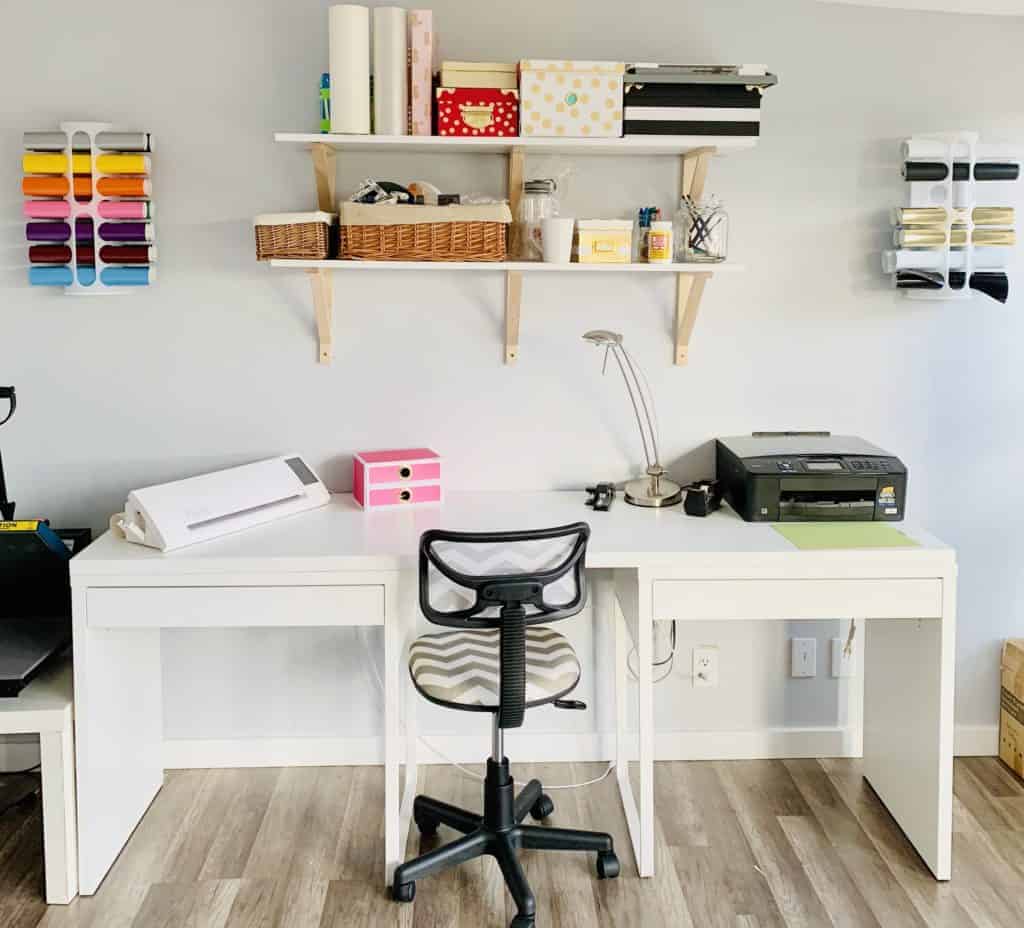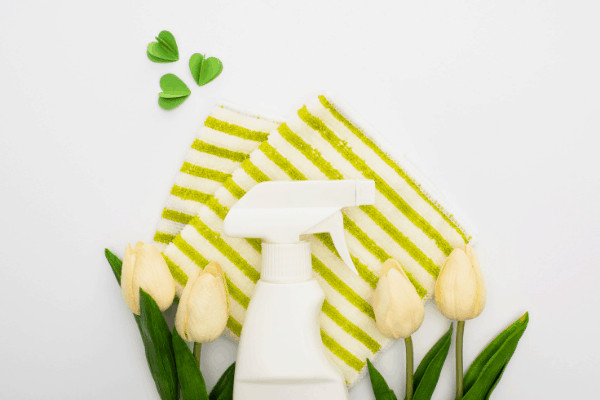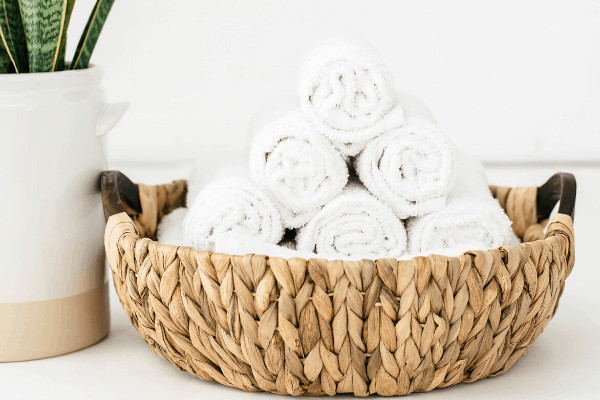When it comes to maintaining the beauty and longevity of your hardwood floors, sanding and refinishing is an essential part of the process. But how often should you do it? If you’re wondering when it’s the right time to sand and refinish your floors—and why leaving it to the professionals is the best choice—you’re in the right place.
Hardwood floors are an investment, not just in the look of your home, but in the overall value of your property. However, like all investments, they need proper care. Refinishing them periodically helps keep them looking their best and extends their lifespan.
What Does Sanding and Refinishing Involve?
Before jumping into the timing, it’s important to understand what actually happens when you sand and refinish hardwood floors. These processes work together to restore your hardwood flooring’s surface, giving it that fresh, polished look you love.
- Sanding – Sanding removes the top layer of your hardwood floor, including the old finish and any scratches, dents, or imperfections. This step creates a smooth, clean slate for the next layer.
- Refinishing – Once sanded, the floor is coated with a new finish (either oil or water-based), which protects the wood and gives it that rich, rejuvenated appearance.
This process not only improves the look but also protects the wood from further wear and tear. Now, let’s get to the key question: how often should you get this done?
How Often Should You Refinish Hardwood Floors?
There isn’t a one-size-fits-all answer to this question, but several factors will influence how often you should refinish your floors. Here are the most important things to consider:
1. Foot Traffic
High-traffic areas, such as hallways, kitchens, and living rooms, naturally wear out faster than rooms you don’t use as often. If your hardwood floors are in an area that sees a lot of movement, you’ll likely need to refinish them every 3 to 5 years. For rooms with less activity, such as bedrooms, you can stretch that time to 7 to 10 years.
2. Condition of the Finish
Take a good look at the state of your current finish. If you start noticing scratches, dullness, or discoloration, it may be time for a touch-up. Once the finish starts to wear down, the wood underneath becomes vulnerable to damage. It’s better to refinish before the damage reaches the wood itself, as this can save you from more extensive repairs later.
3. Type of Wood
Different types of wood wear down at different rates. Softer woods like pine will show signs of wear faster and might need refinishing more frequently. Hardwoods like oak or maple are more durable and can go longer between refinishes. However, keep in mind that even durable woods need maintenance if you want them to last decades.
4. Previous Sanding Jobs
Every time a floor is sanded, a thin layer of wood is removed. Most hardwood floors can be sanded 4 to 6 times before they become too thin to refinish. If your floor has been sanded multiple times before, you’ll want to be cautious about refinishing too frequently.
5. Lifestyle Factors
If you have pets, kids, or just an active household in general, expect your floors to wear out faster. Constant foot traffic, claws, or dropped toys can cause small scratches and dents that accumulate over time. In such cases, you may want to schedule refinishing more regularly to keep your floors looking good and prevent deeper damage.
Why Professional Refinishing Is the Better Option
There’s a reason why sanding and refinishing hardwood floors isn’t considered a simple DIY task. While it may seem like something you can tackle yourself, the reality is that it’s a time-consuming and complex process that requires a professional touch for the best results.
Here’s why it’s smart to leave this job to the pros:
- Expertise – Professional refinishers have the skills and experience to handle any type of hardwood floor and know how to assess when a floor is ready for refinishing.
- Precision Equipment – Sanding requires heavy-duty equipment that isn’t easily available to the average homeowner. Not to mention, improper sanding can cause unevenness or even damage your floors.
- Flawless Finish – Getting a smooth, even finish requires expertise. Professionals know how to apply finishes in a way that maximizes both appearance and durability.
- Saves Time – Refinishing floors takes time—more than you might expect. Hiring a professional means you won’t need to worry about spending your weekends struggling with machinery or making mistakes.
- Less Stress – Let’s face it, sanding floors creates a lot of dust, and dealing with that mess can be a headache. Professionals have the right tools to minimize dust and disruption to your home.
Signs It’s Time to Refinish Your Floors
How do you know when it’s really time to refinish? Here are a few signs to look out for:
- Visible scratches and dents – While some wear is natural, if you’re seeing more and more scratches, it’s a good indicator that the finish is no longer protecting the wood.
- Dullness or discoloration – If your floors have lost their shine or are starting to look discolored, it’s time for a refresh.
- Water damage – Stains or spots from water damage can indicate that the wood isn’t properly sealed anymore. Refinishing will help prevent further damage.
- Fading – If sunlight has caused your floors to fade in certain areas, refinishing can restore that rich, even color.
Keep Your Floors Looking Their Best
Sanding and refinishing your hardwood floors is a necessary part of keeping them looking their best and protecting them for the long haul. On average, you can expect to refinish your floors every 5 to 10 years, depending on the factors we’ve discussed.
Don’t wait until your floors are severely damaged to take action. Keep an eye on the condition of your floors, and when it’s time, call in the professionals to bring them back to life. You’ll be glad you did!





